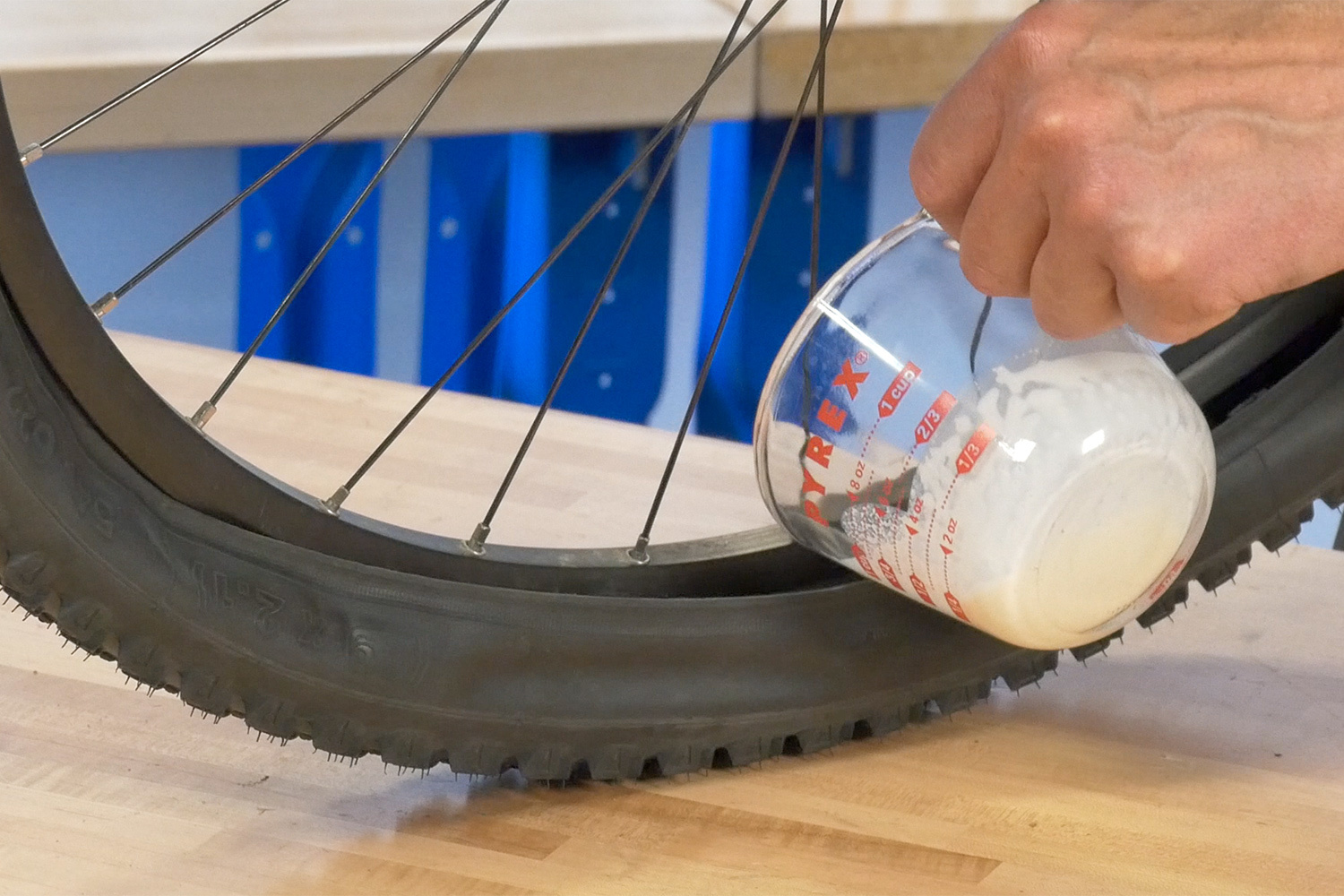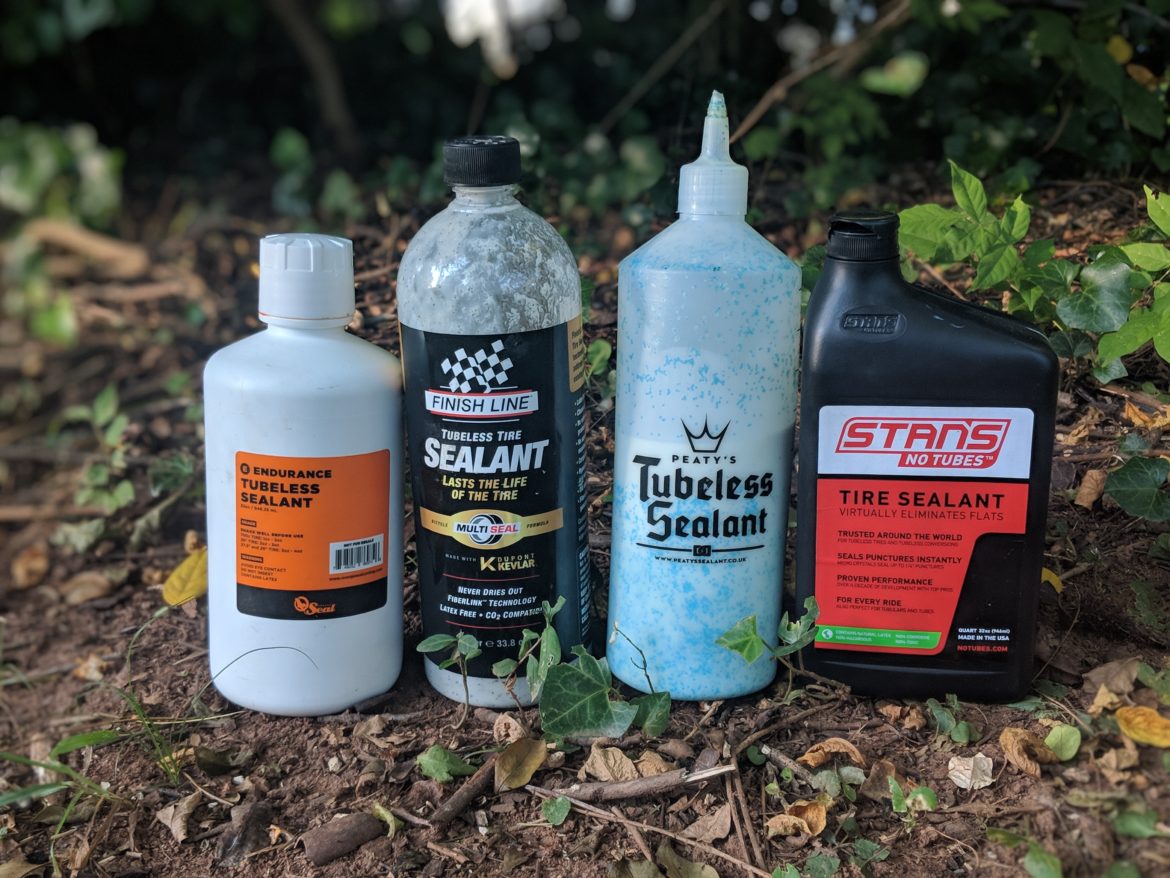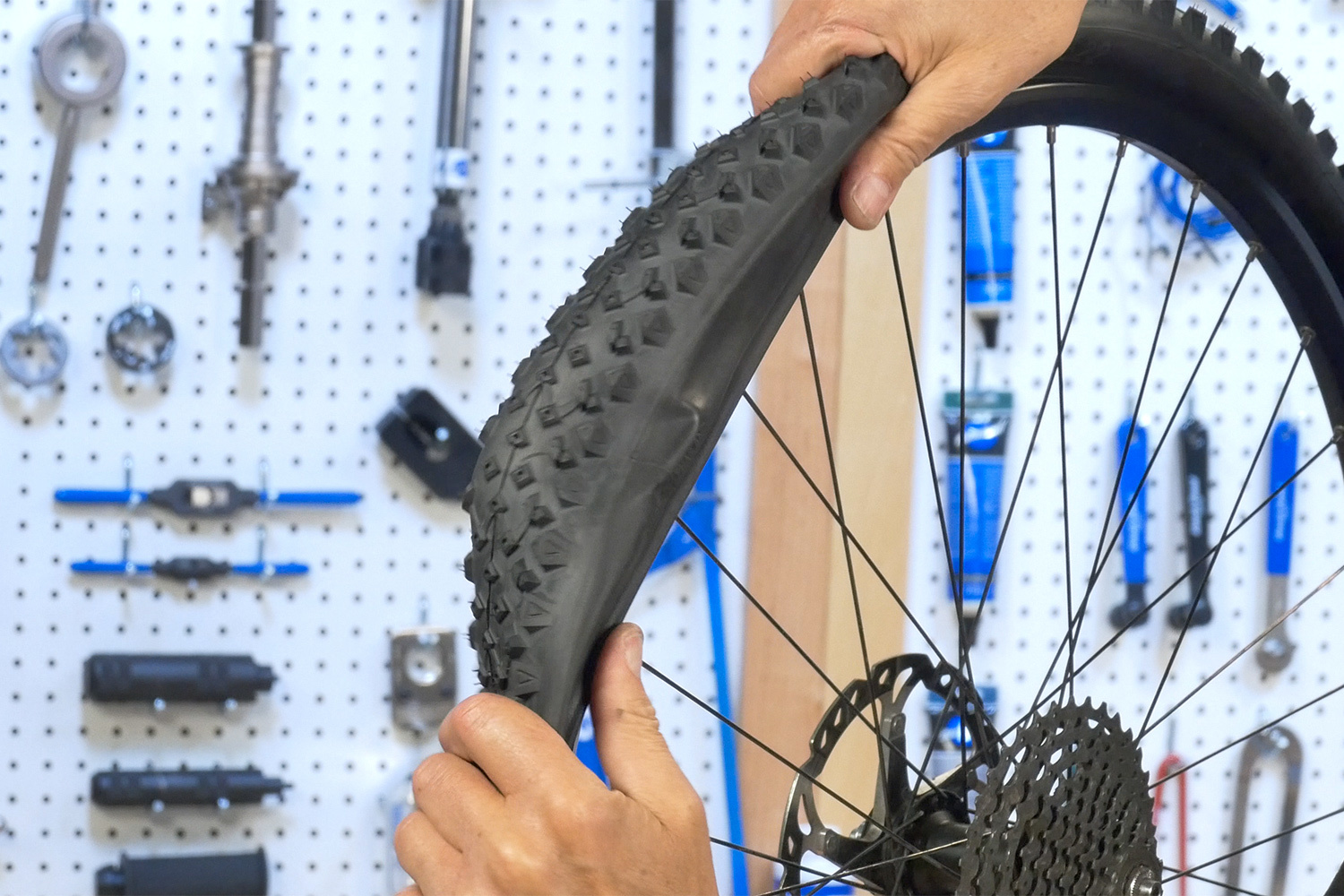The Rise of Tubeless Tires: Benefits and Advantages
Tubeless tires have gained significant attention in recent years, thanks to their numerous benefits and advantages. These tires, which consist of a tire and rim designed to operate without an inner tube, have become increasingly popular in various industries, including cycling and automotive. By eliminating the inner tube, tubeless tires offer several key advantages over traditional tire setups.
Firstly, tubeless tires provide improved traction, as they can run at lower tire pressures without the risk of pinch flats. This lower pressure allows the tire to conform better to the terrain, resulting in increased grip and control. Additionally, tubeless tires offer reduced rolling resistance, which translates to improved energy efficiency and faster speeds. This is achieved through the elimination of the inner tube, which can create friction and heat, thereby increasing rolling resistance.
Another significant advantage of tubeless tires is their puncture resistance. The absence of an inner tube means there is no inner tube to pinch or puncture, reducing the likelihood of flats. Furthermore, tubeless tires are often equipped with sealant, a liquid substance that quickly seals small punctures and leaks, further enhancing puncture resistance. This feature is particularly beneficial for off-road cyclists and motorists who frequently encounter sharp objects and rough terrains.
The growing popularity of tubeless tires can be attributed to their numerous advantages and the continuous advancements in tubeless technology. As more manufacturers embrace tubeless technology and develop innovative solutions, it is expected that tubeless tires will become even more prevalent and accessible in the future. This increasing adoption will likely lead to improved performance, reduced maintenance, and enhanced safety for various applications, making “how to mount tubeless tires” a valuable skill for many enthusiasts and professionals alike.
Understanding Tubeless Tires: Key Components and Tools
To successfully mount tubeless tires, it is crucial to understand the essential components and tools involved in the process. Tubeless tires consist of four primary components: the tire, rim, valve, and sealant. These components work together to create an airtight system that eliminates the need for an inner tube.
The tire is specifically designed to hold air and seal the rim without an inner tube. It features a reinforced bead that locks onto the rim, ensuring a tight seal. Rims for tubeless tires are also designed differently than traditional rims, with a hookless or beadlock design that securely holds the tire bead in place. A tubeless valve is installed in the rim to allow for inflation and sealant injection. Sealant is a liquid substance applied inside the tire that quickly seals small punctures and leaks, ensuring an airtight system.
When it comes to mounting tubeless tires, several tools are necessary to ensure a successful conversion. These tools include tire levers, sealant injectors, and an air compressor or high-pressure inflator. Tire levers help remove the old tube and pry the tire bead onto the rim during installation. Sealant injectors facilitate the application of sealant into the tire, while an air compressor or high-pressure inflator is used to quickly inflate the tire and seat the bead onto the rim.
It is important to note that not all tires and rims are tubeless-ready. Tubeless-ready tires and rims are designed with specific features that make the conversion process easier and more reliable. However, with the right tools and techniques, it is possible to convert non-tubeless-ready tires and rims to tubeless, although this may require additional effort and patience.
Understanding the components and tools involved in tubeless tire mounting is a crucial first step in mastering the process. By familiarizing yourself with these elements, you can ensure a smoother conversion process and maximize the benefits of tubeless technology. With the correct tools and knowledge, the question of “how to mount tubeless tires” becomes more approachable and manageable, allowing you to enjoy the advantages of improved traction, reduced rolling resistance, and puncture resistance in your cycling or driving experience.
Preparing the Rim and Tire: A Step-by-Step Process
Before installing a tubeless tire, it is essential to properly prepare the rim and tire to ensure a successful conversion. This process involves several steps, including removing old tubes, cleaning the rim and tire bead, and applying rim tape or tape alternatives.
Begin by removing the old tube from the tire. Once the tube is removed, visually inspect the tire for any signs of damage, such as cuts, punctures, or embedded objects. If any damage is found, consider replacing the tire to prevent potential issues during the tubeless conversion.
Next, clean both the rim and tire bead thoroughly. This step is crucial, as any dirt, debris, or residue can interfere with the airtight seal required for tubeless tires. Use a clean, dry cloth to wipe down the rim and tire bead, ensuring that all surfaces are free from contaminants. Pay particular attention to the rim’s inside edge, where the tire bead sits, as this area must be clean for the tire to seal correctly.
Once the rim and tire are clean, apply rim tape or a tape alternative to protect the rim’s spoke holes and create an airtight seal. Rim tape is available in various widths and materials, so choose one that fits your rim snugly and securely. Carefully wrap the tape around the rim, ensuring that it covers all spoke holes and overlaps slightly at the ends. Trim any excess tape and smooth down the edges to create a seamless, airtight surface.
For some rims, tubeless-specific rim strips may be used instead of tape. These strips are designed to provide a secure, airtight seal while also protecting the rim’s spoke holes. Follow the manufacturer’s instructions for installation, ensuring a proper fit and secure attachment.
By following these steps to prepare the rim and tire for tubeless conversion, you create a solid foundation for a successful tubeless tire mounting process. Proper preparation reduces the likelihood of leaks, improper bead seating, and other common issues, making the installation process smoother and more efficient. With the right tools, components, and techniques, mastering “how to mount tubeless tires” becomes an achievable goal, allowing you to enjoy the benefits of tubeless technology in your cycling or driving experience.
Installing the Tubeless Tire: Tips and Techniques
Installing a tubeless tire involves several steps, including seating the bead, applying sealant, and inflating the tire. By following the proper techniques and using the right tools, you can ensure a successful installation and minimize common issues, such as leaks and improper bead seating.
Begin by positioning the tubeless tire onto the rim, ensuring that the valve stem is properly aligned. With the tire in place, use tire levers to carefully lift and tuck one side of the tire bead onto the rim. Once one side is securely in place, move on to the other side, working the tire bead onto the rim using your hands or additional tire levers. Be cautious not to apply excessive force, as this could damage the tire or rim.
Once both tire beads are seated on the rim, it’s time to apply sealant. Remove the valve core from the tubeless valve, and use a sealant injector or syringe to inject the recommended amount of sealant into the tire. Typically, the amount of sealant required ranges from 2 to 4 ounces, depending on the tire size. After injecting the sealant, replace the valve core and tighten the valve nut securely.
Now it’s time to inflate the tire. Using an air compressor or high-pressure inflator, rapidly fill the tire with air. The increased pressure will help seat the bead securely onto the rim. It is essential to inflate the tire quickly, as this will create the necessary force to push the bead into place. You may hear a popping sound as the bead seats correctly. If the bead does not seat after several attempts, try repositioning the tire on the rim or inspecting for any obstructions that may be preventing proper seating.
After successfully seating the bead, inflate the tire to the recommended pressure and spin it to distribute the sealant evenly inside the tire. Allow the sealant to settle for a few hours before checking for leaks or improper bead seating. If any issues are identified, try reseating the bead or applying additional sealant as needed.
By following these tips and techniques for installing tubeless tires, you can minimize common issues and ensure a successful conversion. With practice and patience, mastering “how to mount tubeless tires” becomes an achievable goal, allowing you to enjoy the benefits of tubeless technology in your cycling or driving experience.
Maintaining Tubeless Tires: Sealant Top-Ups and Regular Checks
Maintaining tubeless tires is crucial to ensure their longevity and performance. Regular sealant top-ups and tire pressure checks are essential tasks that contribute to the overall health and functionality of tubeless tires. By understanding how to identify and address potential issues, such as sealant drying or tire punctures, you can maximize the benefits of tubeless technology and enjoy a safer, more efficient riding or driving experience.
Sealant Top-Ups
Sealant is a vital component of tubeless tires, as it quickly seals small punctures and leaks. Over time, however, sealant can dry out, reducing its effectiveness. To maintain optimal performance, it is recommended to top up the sealant every 3 to 6 months, depending on the tire and sealant type, as well as the environmental conditions.
To perform a sealant top-up, first, remove the valve core from the tubeless valve. Using a sealant injector or syringe, inject the recommended amount of fresh sealant into the tire. Typically, the amount of sealant required ranges from 2 to 4 ounces, depending on the tire size. After injecting the sealant, replace the valve core and tighten the valve nut securely.
Tire Pressure Checks
Regularly checking tire pressure is essential for maintaining proper inflation levels and ensuring the longevity of tubeless tires. Underinflated tires can lead to increased rolling resistance, reduced traction, and a higher risk of tire damage. Conversely, overinflated tires can result in a harsher ride, reduced traction, and an increased risk of punctures.
To check tire pressure, use a tire pressure gauge to measure the pressure while the tire is at rest, not while it is being inflated. Compare the measured pressure to the recommended pressure listed on the tire sidewall or in the vehicle’s owner’s manual. Adjust the tire pressure as needed, using a high-pressure air pump or an air compressor.
Identifying and Addressing Potential Issues
When maintaining tubeless tires, it is essential to be aware of potential issues, such as sealant drying or tire punctures. Sealant drying can be identified by a decrease in tire pressure or a loss of the tire’s airtight seal. To address this issue, simply perform a sealant top-up as described earlier.
Tire punctures can often be sealed by the sealant itself, but larger punctures may require additional attention. If a puncture is not adequately sealed, consider using a tire plug kit or a tubeless tire repair kit to fix the issue. If the tire is severely damaged or worn, it may be necessary to replace it entirely.
By incorporating regular sealant top-ups and tire pressure checks into your maintenance routine, you can ensure the long-term performance and safety of your tubeless tires. Stay vigilant for potential issues, and address them promptly to continue enjoying the benefits of tubeless technology in your cycling or driving experience.
Tubeless Tire Mounting: Frequently Asked Questions
When it comes to tubeless tire mounting, many questions and concerns may arise. This section addresses some of the most common inquiries, providing valuable insights and guidance for those considering making the switch to tubeless technology.
Are my rims compatible with tubeless tires?
Many modern rims are tubeless-ready, featuring specific design elements that facilitate the installation and sealing of tubeless tires. However, some older or non-tubeless-specific rims may require modifications or the use of rim tape to convert them to tubeless. Always consult the rim and tire manufacturer’s recommendations before attempting a tubeless conversion.
Can I use tire liners with tubeless tires?
Tire liners, which are designed to provide additional puncture protection, are generally not necessary with tubeless tires. The sealant used in tubeless tires can quickly seal small punctures, reducing the need for additional protection. However, for particularly harsh or thorny environments, some riders may still choose to use tire liners as an extra precaution.
How does tubeless tire mounting impact ride quality?
Tubeless tires often provide a smoother, more comfortable ride compared to traditional clincher tires. This is due to the ability to run lower tire pressures without the risk of pinch flats, allowing the tire to conform better to the terrain and absorb more vibrations. Additionally, the reduced rolling resistance of tubeless tires can contribute to a more efficient and responsive riding experience.
What are the downsides to tubeless tires?
While tubeless tires offer numerous benefits, there are also some potential downsides to consider. These include the initial cost and time investment required for conversion, the need for regular sealant top-ups, and the potential for more complex tire repairs compared to traditional clincher tires. However, many riders and drivers find that the advantages of tubeless tires outweigh these minor inconveniences.
By addressing these frequently asked questions, this guide aims to provide a comprehensive understanding of tubeless tire mounting and the implications of adopting tubeless technology. With proper knowledge and preparation, you can make an informed decision about whether tubeless tires are the right choice for your cycling or driving needs.
Popular Tubeless Tire Brands and Models: A Review
When considering the switch to tubeless tires, it is essential to explore popular brands and models to find the best option for your specific needs. This section reviews popular tubeless tire brands and models, taking into account factors such as tire type, tread pattern, and intended use. Based on user reviews and expert opinions, the following tires are recommended:
Schwalbe Pro One TLE
The Schwalbe Pro One TLE is a high-performance tubeless tire designed for road cycling. Featuring a slick tread pattern and a lightweight construction, this tire offers reduced rolling resistance and improved traction. Ideal for racing and training, the Schwalbe Pro One TLE is praised for its supple ride quality and reliable tubeless performance.
Maxxis Minion DHF
The Maxxis Minion DHF is a versatile tubeless mountain bike tire suitable for various terrains and conditions. With a wide range of tread patterns and casing options, the Minion DHF caters to riders seeking grip, durability, or speed. Its robust sidewalls and excellent puncture resistance make it a popular choice among mountain bikers looking to make the switch to tubeless.
Continental Terra Trail Tubeless
The Continental Terra Trail Tubeless is a versatile gravel and adventure tire designed for mixed surfaces and conditions. Its open tread pattern and tubeless-ready construction provide excellent traction and puncture protection, making it an ideal choice for long-distance rides and bikepacking trips. The Continental Terra Trail Tubeless is praised for its durability and reliable tubeless performance.
Michelin Pilot Sport 4 SUV
The Michelin Pilot Sport 4 SUV is a high-performance tubeless tire designed for sport utility vehicles (SUVs) and crossovers. Featuring Michelin’s proprietary Dynamic Response Technology, this tire delivers impressive grip, handling, and braking performance in various weather conditions. The Michelin Pilot Sport 4 SUV is an excellent option for drivers seeking a tubeless tire that combines performance, safety, and durability.
By reviewing popular tubeless tire brands and models, this guide aims to provide valuable insights and recommendations for those looking to make the switch to tubeless technology. With the right tire and proper maintenance, you can enjoy the numerous benefits of tubeless tires, including improved performance, reduced maintenance, and enhanced safety.
Embracing the Future: The Advantages of Going Tubeless
Tubeless tires have gained significant popularity in recent years, thanks to their numerous advantages over traditional tires. By understanding the benefits of tubeless tires and how to mount them effectively, cyclists and drivers alike can enjoy improved performance, reduced maintenance, and enhanced safety. This section summarizes the advantages of going tubeless and encourages readers to consider making the switch.
Improved Traction and Reduced Rolling Resistance
Tubeless tires offer improved traction and reduced rolling resistance compared to traditional tires. This is due to the ability to run lower tire pressures without the risk of pinch flats, allowing the tire to conform better to the terrain and absorb more vibrations. The reduced rolling resistance also contributes to a more efficient and responsive riding or driving experience.
Puncture Resistance and Self-Healing Capabilities
The sealant used in tubeless tires can quickly seal small punctures, reducing the risk of flats and providing enhanced puncture resistance. This self-healing capability is particularly beneficial for off-road cyclists and drivers who frequently encounter sharp objects and rough terrains. By minimizing the likelihood of flats, tubeless tires can save time, money, and the inconvenience of changing a tire on the side of the road or trail.
Lower Maintenance Requirements
Tubeless tires generally require less maintenance than traditional tires. The absence of an inner tube eliminates the need for tube replacements and reduces the likelihood of pinch flats. Additionally, regular sealant top-ups and tire pressure checks can help maintain optimal tire performance and longevity.
Enhanced Safety
Tubeless tires can contribute to enhanced safety for both cyclists and drivers. The improved traction, reduced rolling resistance, and puncture resistance offered by tubeless tires can lead to better handling, braking, and overall control. Furthermore, the self-healing capabilities of tubeless tires can help prevent sudden tire failures, reducing the risk of accidents.
In conclusion, the advantages of going tubeless are numerous and significant. By embracing tubeless technology, cyclists and drivers can enjoy improved performance, reduced maintenance, and enhanced safety. With the proper knowledge and tools, mastering how to mount tubeless tires is an achievable goal, leading to a more enjoyable and worry-free riding or driving experience.








